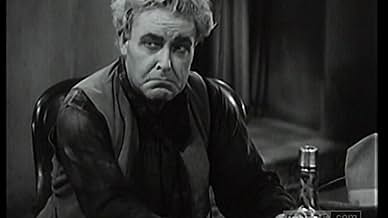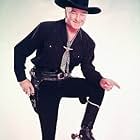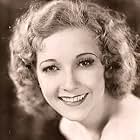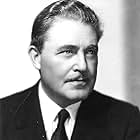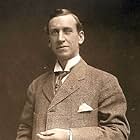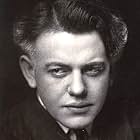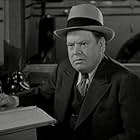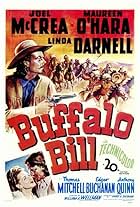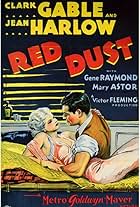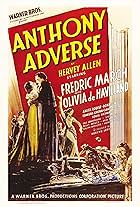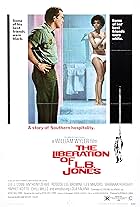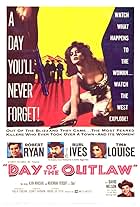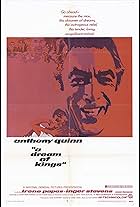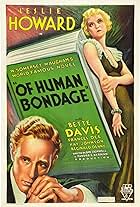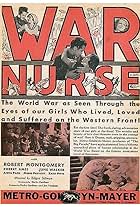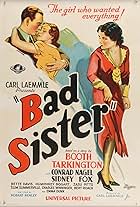Two men find an abandoned baby and fight over the ownership of the child, resulting in lifelong rivalry.Two men find an abandoned baby and fight over the ownership of the child, resulting in lifelong rivalry.Two men find an abandoned baby and fight over the ownership of the child, resulting in lifelong rivalry.
William Boyd
- Bill Holbrook
- (as Bill Boyd)
Edward Hearn
- Tex
- (as Guy Edward Hearn)
William Le Maire
- Denver
- (as William LeMaire)
Clem Beauchamp
- Miner
- (uncredited)
George Burton
- Santa Fe
- (uncredited)
Edgar Dearing
- Buck's Partner
- (uncredited)
James Donlan
- Steve - Ore Wagon #2 Shotgun Rider
- (uncredited)
- Directors
- Writers
- All cast & crew
- Production, box office & more at IMDbPro
Storyline
Did you know
- TriviaWilliam Boyd and Clark Gable, during the making of the film (11 October 1930), narrowly escaped serious injury from falling rock after two tons of explosives went off with considerably more force than planned in Dinosaur Canyon, some 70 miles northwest of Flagstaff, Arizona. While Boyd and Gable were 200 feet from the blast, rocks and boulders rained down between where they were standing. Not so lucky were a number of technicians, some 15 of whom were taken to hospitals in Flagstaff and Tuba City, and director Howard Higgin, who suffered a broken ankle and various cuts. The female lead, Helen Twelvetrees, had already returned to Los Angeles, as most of the principal photography was completed. Dynamite and black powder had been placed in the face of a 400-foot cliff and in an old mine tunnel, the explosion being expected to crumble the cliff. Unexpected presence of hard rock lent the blast violence that had not been anticipated, and showered rock and stone over an area of nearly half a mile.
- Quotes
Mary Ellen Cameron: Well, Dad, if they think they're going water cattle here tonight, here's two Winchesters who'll say they ain't!
- ConnectionsFeatured in Hollywood: The Great Stars (1963)
Featured review
The Painted Desert is best remembered as Clark Gable's first substantial role for good reason. The future King of Hollywood's natural, dynamic style of acting stands out in this extremely creaky early talkie Western. In an unrewarding heavy role Gable speaks in his trademark relaxed, cocky manner, while other, more experienced actors such as J. Farrell MacDonald, early silent era star William Farnum, and a stiff-as-a-board Bill Boyd deliver their lines one distinctly enunciated word at a time as if speaking toward a microphone hidden in a cactus. Admittedly Boyd wasn't much of an actor in spite of his good looks and sunny disposition, but MacDonald and Farnum were. Blame an under-financed sound department and uninspired direction by Howard Higgins, who also co-wrote the murky script for this lumbering oater. Those who would excuse the stiff direction and acting as caused by unavoidable problems with early sound equipment should first take a look at Joseph Von Sternberg's Morocco (1930), released the year before The Painted Desert, but showing a marvelously sophisticated and artistically pleasing use of sound. Other than Gable, the only other actors who managed to rise above the restraints of the over-compensating sound technicians and Higgin's stodgy direction were gorgeous leading lady Helen Twelvetrees and Boyd's beautiful white horse.
That's not to say that The Painted Desert doesn't have some good points -- especially for die-hard Western fans. Most of the low, low budget must have been spent carting the actors, crew, and equipment around several scenic Arizona locations, including the sure-enough Painted Desert. Sets by art director Carrol Clark and costumes by Gwen Wakeling were well turned out and authentic looking. Oldblackandwhite, who is one of the vanishing breed of Texans still preferring the Stetson style to the ubiquitous Beaver Cleaver ball cap, wishes he could find the hatter Ms. Wakeling used for this picture. The sets and costumes, along with a folksy, real-to-life dialog, as plodding as the delivery was, gave the movie an authentically quaint, rustic 19th century ambiance missing in many a better produced Western.
Best of all, and almost worth the price of a DVD -- a cheap one anyway -- was having a tense, climactic, sixgun showdown between two elderly gentlemen! But there wasn't much else to get excited about in The Painted Desert. Mainly for curiosity seekers, dedicated Clark Gable fans, fanatical Western aficionados, and the usual desperate insomniacs. Neither the best nor the worst from Old Hollywood's Classic Era.
That's not to say that The Painted Desert doesn't have some good points -- especially for die-hard Western fans. Most of the low, low budget must have been spent carting the actors, crew, and equipment around several scenic Arizona locations, including the sure-enough Painted Desert. Sets by art director Carrol Clark and costumes by Gwen Wakeling were well turned out and authentic looking. Oldblackandwhite, who is one of the vanishing breed of Texans still preferring the Stetson style to the ubiquitous Beaver Cleaver ball cap, wishes he could find the hatter Ms. Wakeling used for this picture. The sets and costumes, along with a folksy, real-to-life dialog, as plodding as the delivery was, gave the movie an authentically quaint, rustic 19th century ambiance missing in many a better produced Western.
Best of all, and almost worth the price of a DVD -- a cheap one anyway -- was having a tense, climactic, sixgun showdown between two elderly gentlemen! But there wasn't much else to get excited about in The Painted Desert. Mainly for curiosity seekers, dedicated Clark Gable fans, fanatical Western aficionados, and the usual desperate insomniacs. Neither the best nor the worst from Old Hollywood's Classic Era.
- oldblackandwhite
- Jun 1, 2012
- Permalink
- How long is The Painted Desert?Powered by Alexa
Details
- Runtime1 hour 19 minutes
- Color
Contribute to this page
Suggest an edit or add missing content


